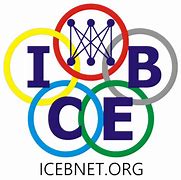Document Type
Article
Abstract
This paper aims first, to explore the extent of benefits at different levels of IT applications in developing nations have realized. Second, this paper identifies those factors and/or processes associated with relative success and failure. This study collected data from fifty-seven firms in Taiwan using the mail survey method. Based on the Venkatraman’s (1994) levels of IT applications, six archetypes were developed to measure IT implementation (the first three stages represent evolutionary levels, while the last three represent revolutionary levels). Results indicated that a majority of firms are at the evolutionary levels of IT applications but over ninety percent of sample firms advanced IT applications within a three-year time frame. Despite the transformation, respondents perceived a low degree of variation in the realized benefits from IT applications and no significant differences existed between benefits derived from evolutionary and revolutionary levels of IT applications. Exceptions to this were benefits derived from reengineering the mix of internal value chain activities and IT applications on operations. Results from regression analysis indicated that success of IT applications was best determined by behavioral and organizational variables rather than by technical variables.
Recommended Citation
Chow, Chee W.; Wu, Anne; and Yuen, Susana, "An Exploratory Study on Benifits and Success Factors of Information Technology Applications" (2001). ICEB 2001 Proceedings (Hong Kong, SAR China). 133.
https://aisel.aisnet.org/iceb2001/133


